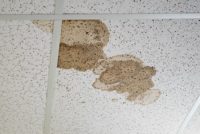10 Warning Signs of Foundation Problems
Facilities professionals should regularly inspect the inside and outside of their commercial properties to look for problems with their foundations. Keep in mind that commercial foundations are built differently than residential foundations so they can support the weight of the structure. According to Forbes, commercial property foundations can fail because of saturated or frozen soil […]






